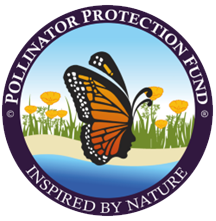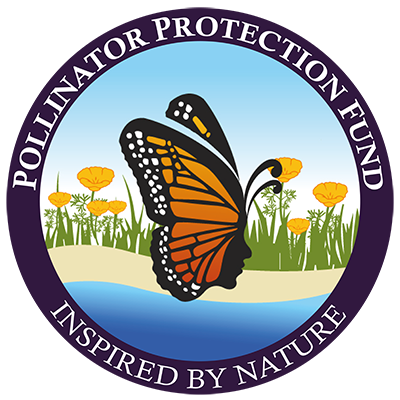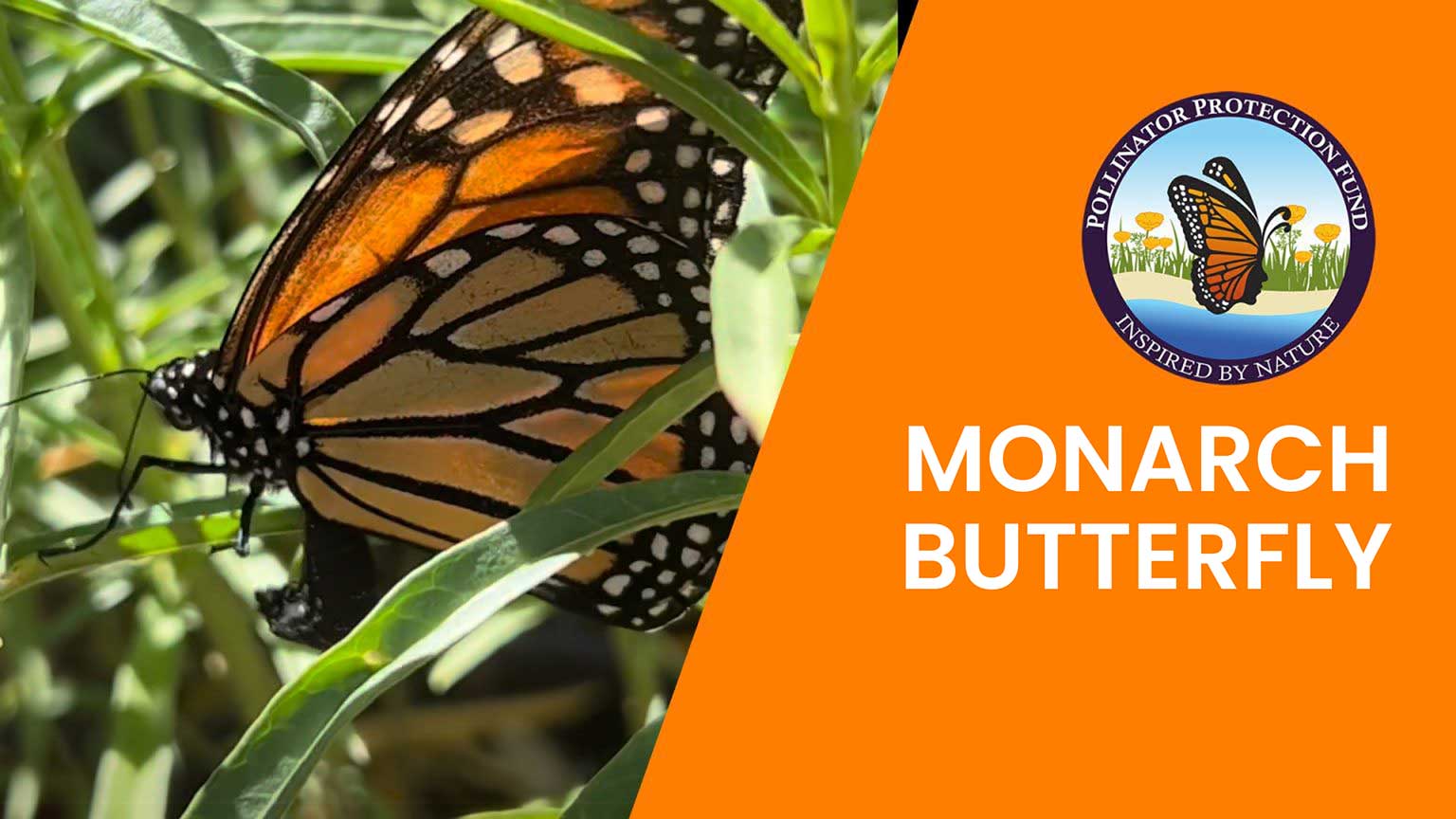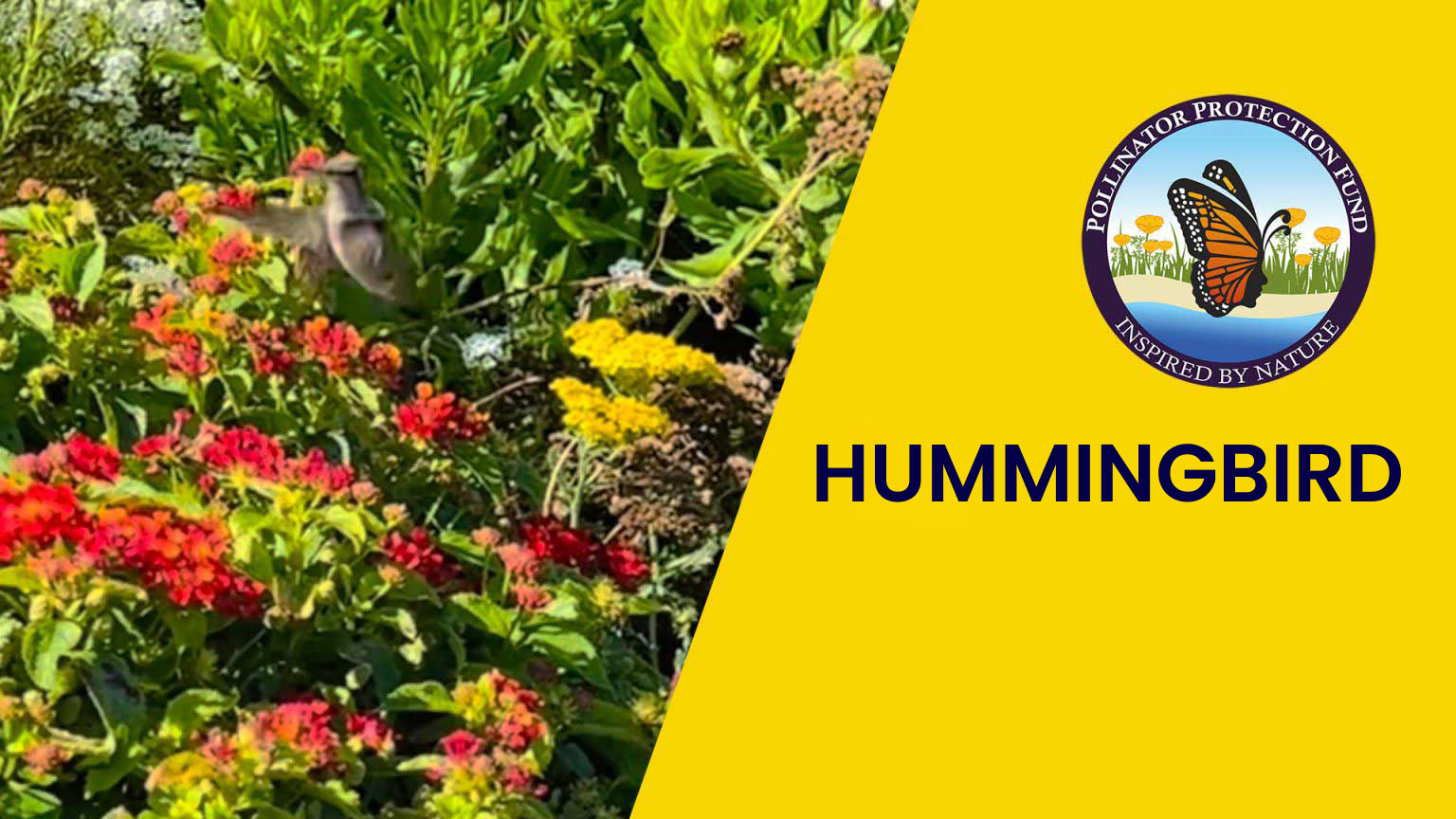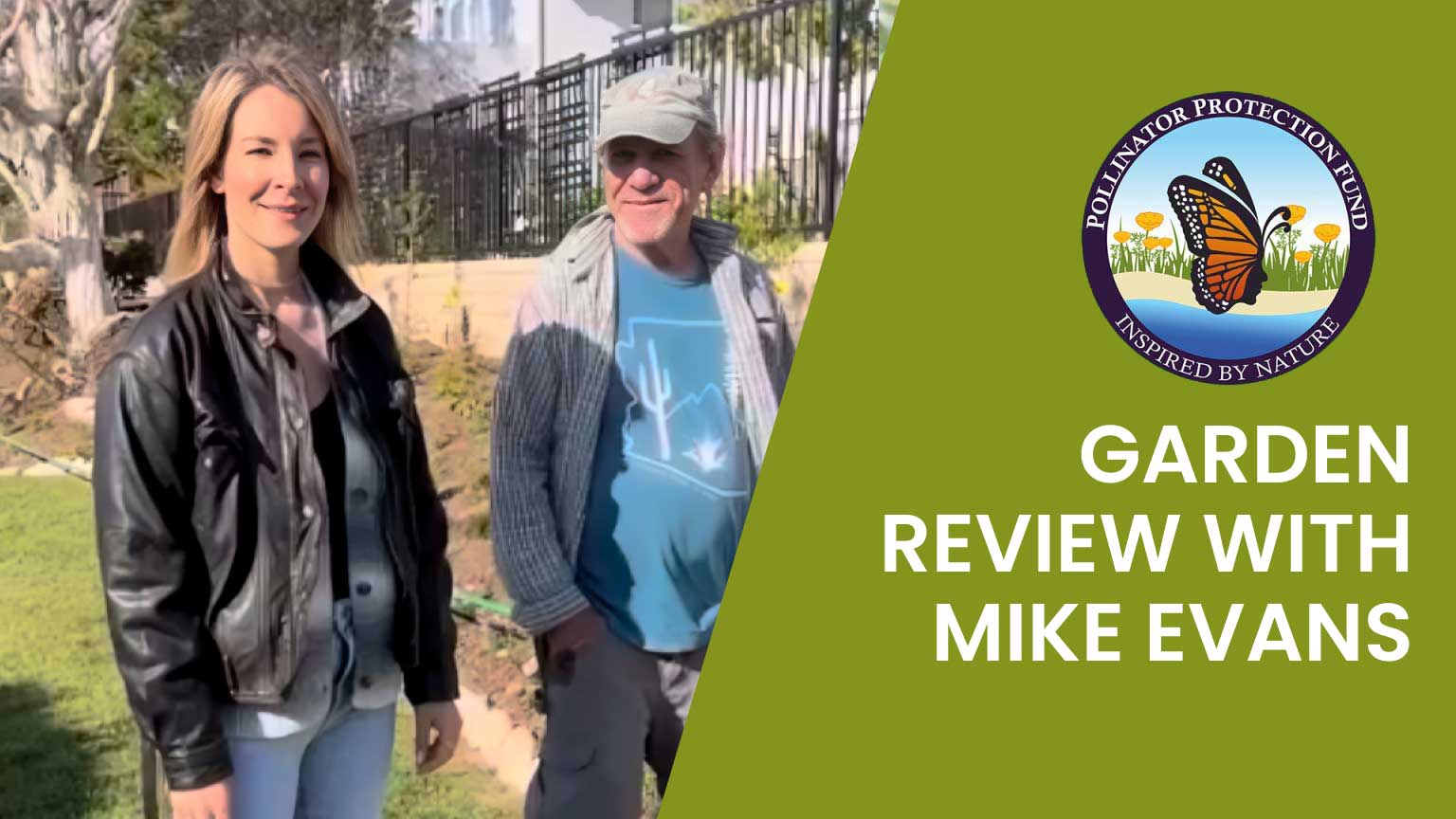Our Work
The Pollinator Protection Fund is an active grassroots non-profit organization founded in Southern California. We are driven by dedicated volunteers on a mission to support the unique biodiversity of the region by creating welcoming habitats for essential pollinators. Our native habitat gardens can be found in public parks, HOAs, private spaces and hotels.
We are a proud partner of the Monarch Joint Venture. Our other partners include the US Forest Service and garden clubs and communities throughout coastal Southern California.
We are now broadening our work to the United Kingdom and working in partnership with Anglia Ruskin University.
Pollinators Need Habitat and People and The Planet Need Pollinators
Pollinators are vital for agricultural production and for maintaining intact ecosystems. More than 85% of flowering plants require an animal, mostly insects, to move pollen, and 1 in 3 mouthfuls of food we consume come from an insect pollinator. Unfortunately, pollinators are rapidly declining. The United Nations Intergovernmental Science-Policy Platform on Biodiversity and Ecosystem Services assessment found that greater than 40% of invertebrate pollinator species may be facing extinction, particularly bees and butterflies.
Pollinators need high-quality, connected habitats to move across landscapes in search of new habitats and as a refuge from a changing climate. Improving habitat connectivity enables pollinators to move among populations, increasing genetic diversity and helping to prevent populations from becoming too small.
Planting in groupings works well for pollinators. Try to plant flowers and shrubs that bloom at different times of year so that there is nectar available both late and early in the season. Queen bumble bees rely on early sources of nectar as they emerge before many plants are in bloom. Dandelions can often be essential for their survival for this reason.
Creating a pollinator garden means having lots of different flowering plants to feed all of the pollinating insects and animals such as butterflies, moths, hummingbirds, wasps, bees, beetles, flies, bats and lizards.
Plants that are native to an area and which have evolved in that particular region or country are important host plants for butterflies and moths and their larvae. Some native bees only feed on native species of flowering plants in their respective locations and countries.
Note from our Founder
Our group is very action-oriented, and in the very act of ‘getting things done,’ we create a reality that makes a difference. Pollinators are here – and whether people see them or not, we wouldn’t be here without them. We would encourage people to notice more of what is all around us – pay attention to the great detail that surrounds us and is interwoven into every element of this planet’s existence – while we still have the chance. We are losing what we haven’t yet even begun to truly understand.
Magic is everywhere, we just need to open our eyes to it.
~ Laura
Butterflies
California is host to the Western Monarch Butterfly. Our Golden State must help to provide necessary habitat for Western Monarch butterflies to ensure the longevity of this iconic species. Let’s be worthy hosts.
Many years ago the Monarch Butterfly was designated as the National Butterfly of the U.S. – another reason to pay attention to the health of these amazing creatures.
Monarch Butterflies are often described as a keystone species because they not only respond quickly to ecological changes, but they also provide insights into the health of the broader environment they are living in.
Bees
Bees are incredibly diverse insects; worldwide, there are an estimated 20,000 species of bees, with approximately 3,600 species native to North America north of Mexico. North American species range in length from about 1/12 inch to more than 1 inch (2–25 mm). They vary greatly in their colours, patterns and sizes.
Of the roughly 3,600 species of bees in North America, more than 90 percent lead solitary rather than social lives, each female constructing and provisioning her own nest without any help from other members of her species. Solitary bees usually live for about a year, although humans only see the active adult stage, which lasts about three to six weeks. These insects spend the other months hidden in a nest, growing through the egg, larval, and pupal stages.
